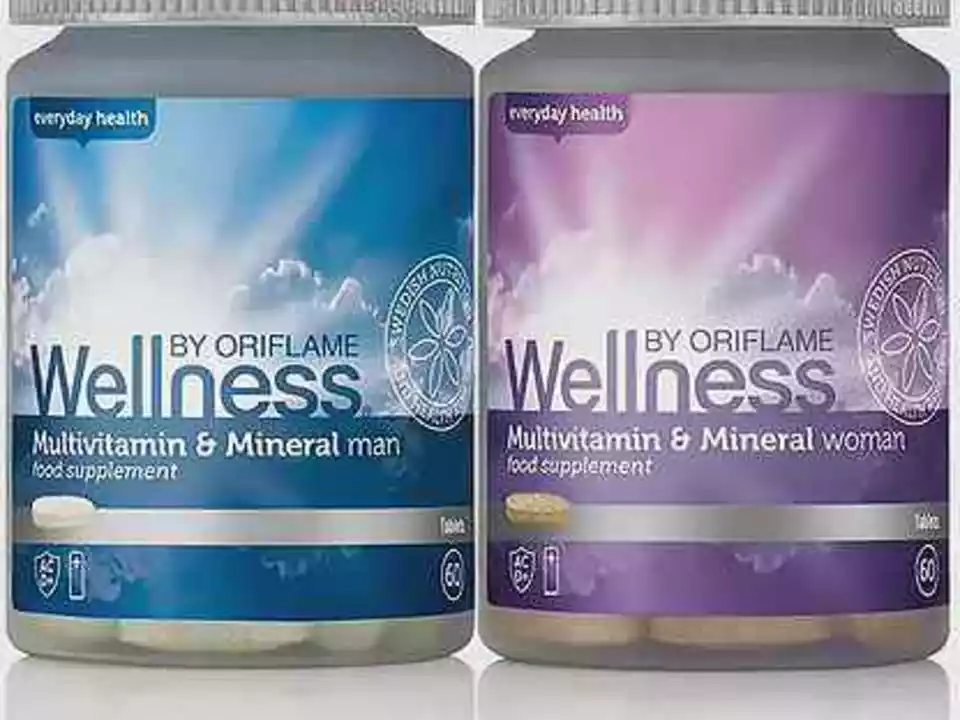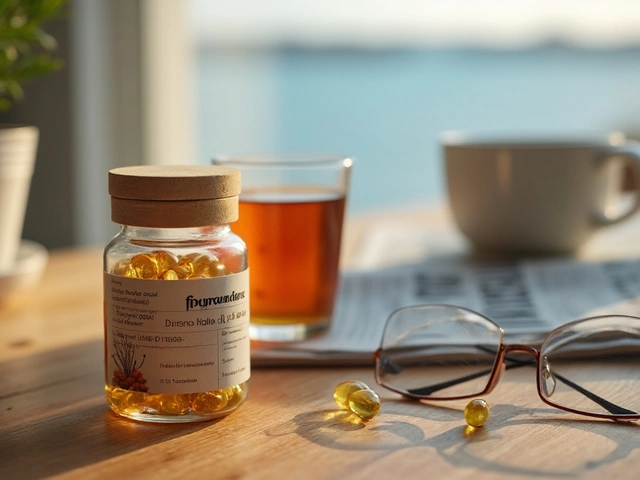Horsetail Supplements: What They Do and How to Use Them Safely
Horsetail (Equisetum arvense) is an old herbal remedy that people still use today for hair, nails, and mild water retention. You can find it as tea, capsules, tinctures, and creams. If you’re curious whether horsetail might help you, this page gives straight answers about uses, safety, dosing, and how to choose a product.
Common uses and what the plant contains
Horsetail is rich in silica, a mineral your body uses to build connective tissue like collagen. That’s why many take it for brittle nails, thinning hair, or to support skin and bone health. People also use it as a mild diuretic when they want to reduce temporary water weight or support urinary health.
Beyond silica, horsetail has flavonoids and antioxidants. Those components may help with minor inflammation and wound repair, but the scientific evidence is limited. A few small trials and traditional use note benefits for nail strength and hair appearance, but results are modest and vary between people.
Safety, dosing, and interactions
Common doses in supplements are usually 300–900 mg per day for extracts or one to two cups of weak horsetail tea daily. People often use it for short periods—several weeks to a few months—while monitoring effects. Avoid long-term continuous use without medical advice because horsetail contains an enzyme called thiaminase that can reduce vitamin B1 (thiamine) over time.
Watch for side effects like stomach upset, increased urination, or headache. Because horsetail can act like a diuretic, it may lower potassium or change how some medications work. If you take prescription diuretics, lithium, or blood pressure drugs, check with your healthcare provider before trying horsetail. Also avoid it during pregnancy and breastfeeding—there isn’t enough safety data.
Quality matters. Look for products from reputable brands that test for heavy metals and have clear ingredient lists. A standardized extract that lists silica content can be more reliable than generic herbal powder. If you prefer tea, use a trusted source and steep it lightly—strong brews increase the chance of side effects.
If you try horsetail, track changes in hair, nails, swelling, and how you feel. Stop the supplement and contact your provider if you notice weakness, numbness, dizziness, or unusual bleeding. Ask your clinician to check vitamin B1 and electrolytes if you plan to use horsetail for several months.
Want a quick checklist: pick a tested brand, start with a low dose, use for short periods, tell your doctor if you take other meds, and get monitored if use extends past a few weeks. Horsetail can help some people, but it’s not a miracle fix—use it carefully and pay attention to how your body responds.
Georgea Michelle, May, 20 2023
From Ancient Times to Modern Wellness: The Journey of Horsetail Supplements
In my latest blog post, I explored the fascinating journey of horsetail supplements from ancient times to modern wellness. I delved into how this powerful herb has been used for centuries to treat various ailments, and how it continues to be a popular choice for promoting overall health. I also discussed the numerous benefits of horsetail, such as its anti-inflammatory and antioxidant properties. Additionally, I shared some advice on incorporating this versatile supplement into a daily wellness routine. It was truly remarkable to learn about the history of horsetail and how it has evolved as a go-to natural remedy for many people today.
View More





